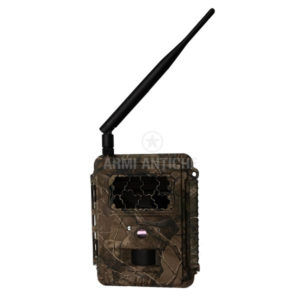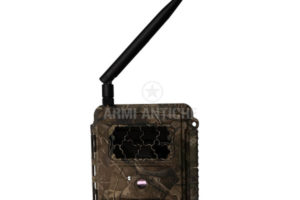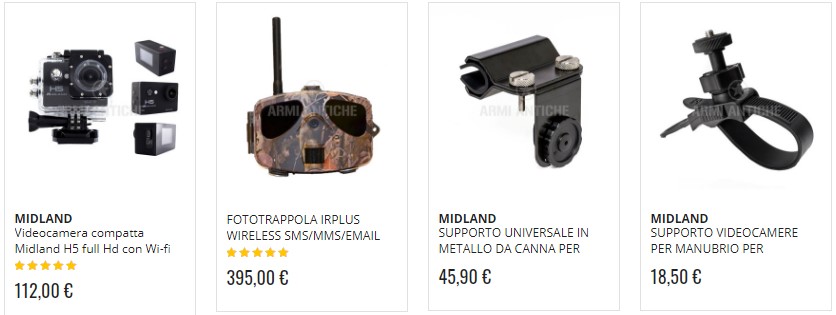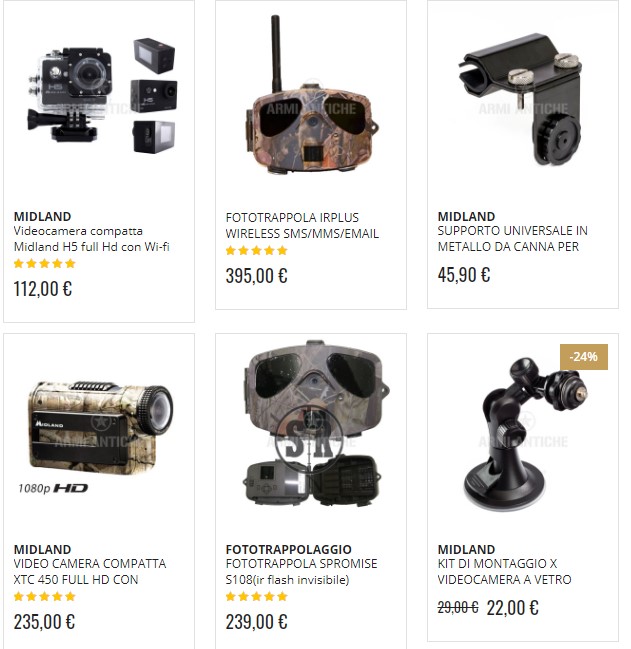A camera trap assists scientists, farmers, hunters and others discover information about the animal kingdom, but not camera traps are created! Course cameras have a number of factors that fit a number of different uses, but in the exact same time, it can make it difficult to find the one that meets your needs.
The Flash of the Camera Trap
One of the initial facets of a course camera fototrappole that you would like to contemplate is the flash If you have ever wondered how you could go about discovering who owns a certain cell telephone number, read this article since it is going to show you a really quick and easy method that you can use to get to the information that you are searching for.
- This article will show you how you can go about doing this through
- This hypothetical story built into the camera.
- Think about width and the angle of the flash .
- This will determine.
- This will range in angles from 5-90 levels along with a path of 3-60 feet wide.
The kind of flash also comes into play. The most significant difference between incandescent and infrared flash kinds is. Incandescent takes high quality, colour photographs, but can spook off the creatures. Infrared take pictures that are black and white .
Detection Quality
Such as the flash, camera traps’ capability depends on width and range. A camera’s range determines how far out in the camera that an animal can be ‘spotted’ from the sensor, which generally varies between 30 and 100 feet. The road camera ‘s beam’s angle can range anywhere between 5 and 90 levels.
This provides a goal zone that ranges everywhere from 3-60 feet to you. The width you need will be based on the space where you intend to set up scouting cameras and precisely what you hope to capture.
Scientists, by way of instance, would pick the range so as to catch images of how they behave as evidence.
 Trigger Time
Trigger Time
Can make a substantial difference when it comes to wildlife. Generally, it can take up to six seconds in the time until the picture is maintained, an animal reaches the sensor. A trigger rate will work When a researcher is analyzing a specific herd for signs of disorder at a food plot. For catching them on the transfer you ‘ll want a camera trap that operates as promptly as possible while they are on the move, to capture the animals.
Camera Trap Design
The way this where the camera trap was created can make a difference with your level of satisfaction with the outcomes. Safety is certainly one of the factors. Selecting a design that has a number of security features will ensure no one takes it out of its mount.
The camera can also be design in such a way in order to stop it from being damaged by an animal that gets too close. Battery life is also attributes you’ll want to take into account. After all, getting it out there and setting up to discover the batteries are dead until it takes its picture wouldn’t be a good thing.
Whether you are an avid hunter, farmer, or research scientist, finding the right camera trap is vital capturing. You are able to identify the path camera that you need, by analyzing these four facets.


